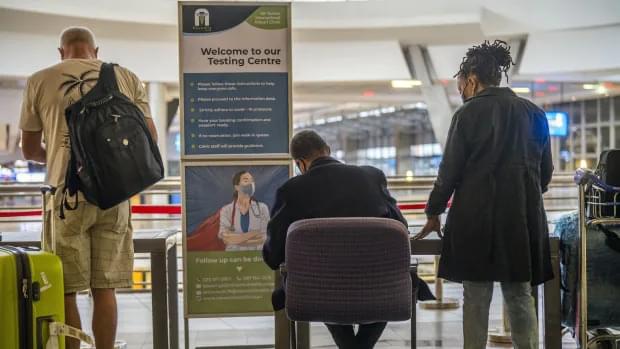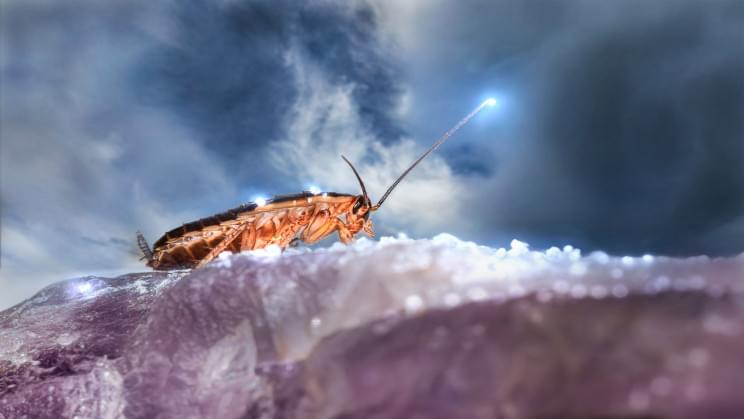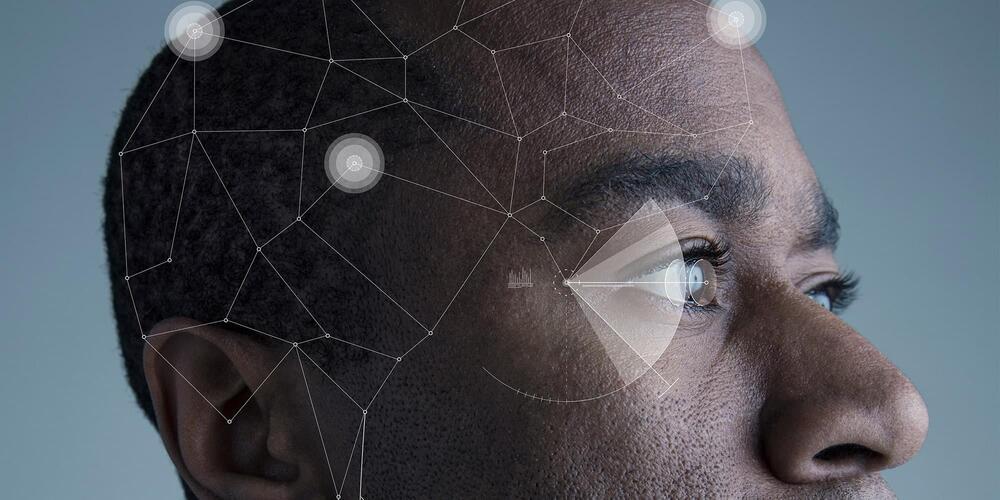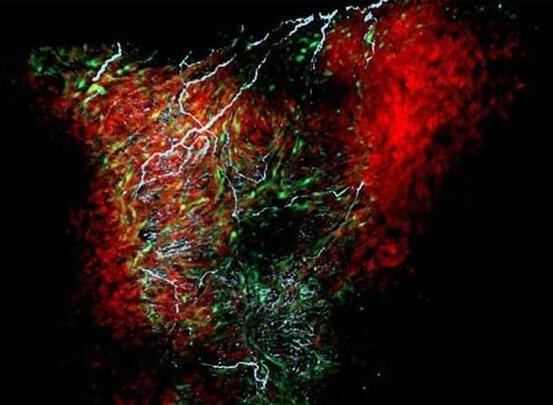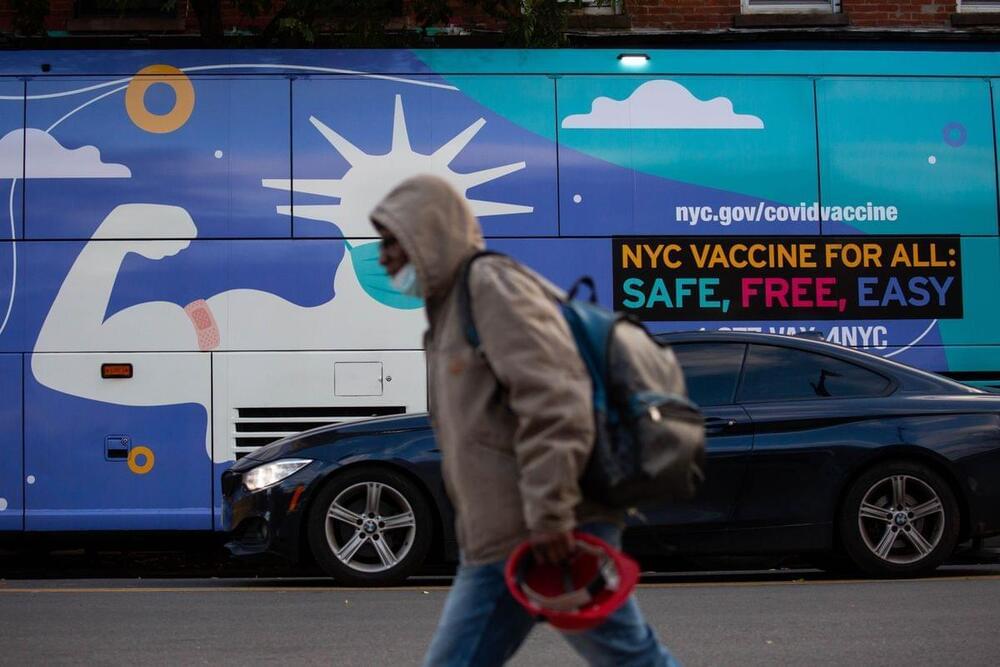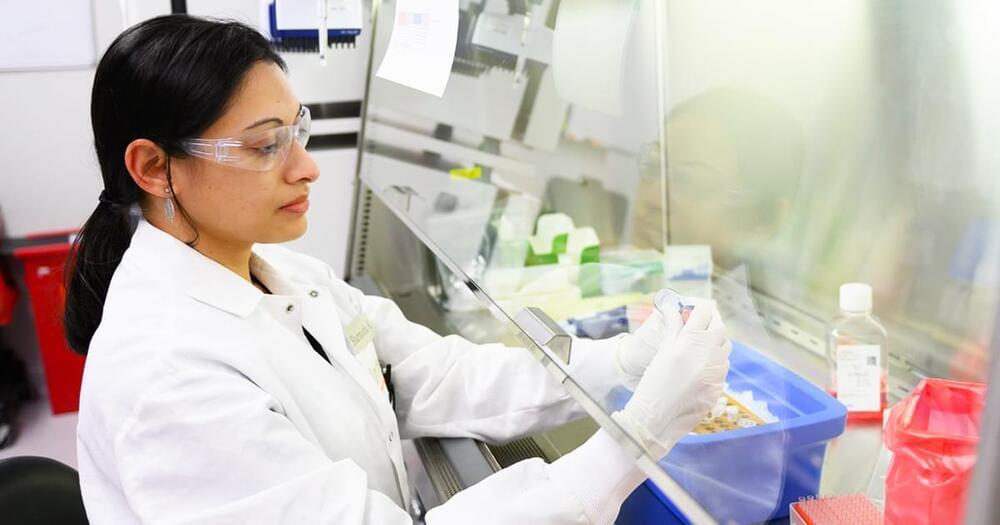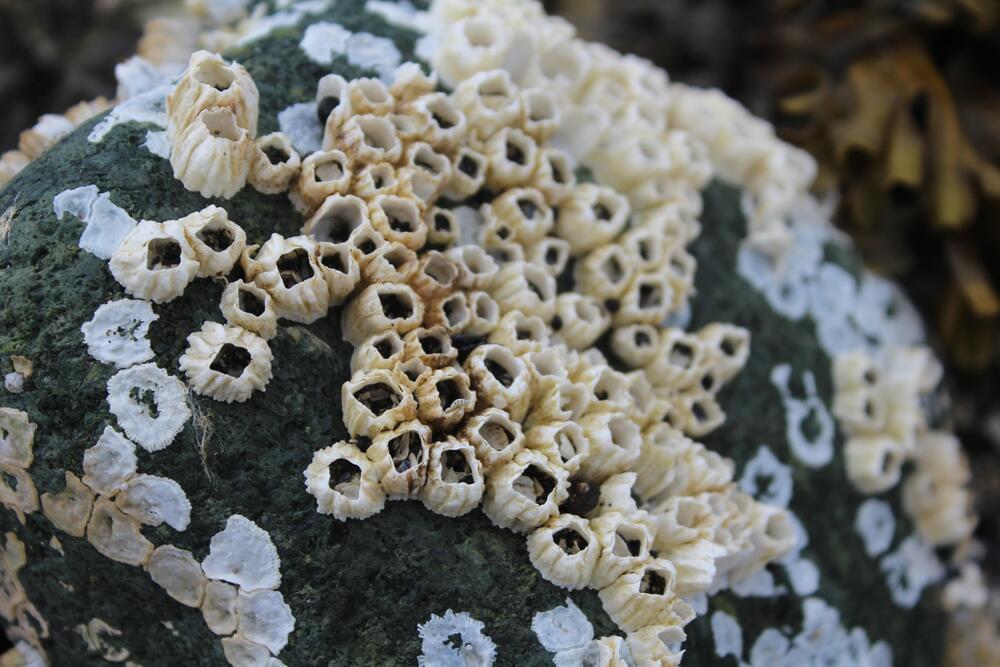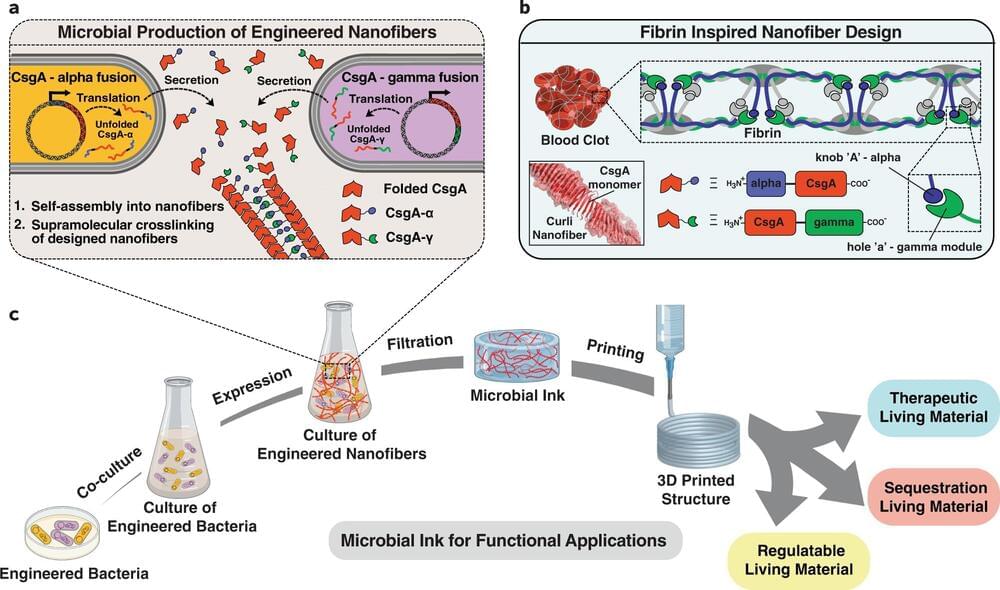Nov 29, 2021
“Sunday Morning” primetime special: “Forever Young: Searching for the Fountain of Youth” (November 28)
Posted by Dan Kummer in categories: biotech/medical, life extension
“Sunday Morning” anchor Jane Pauley hosts “Forever Young: Searching for the Fountain of Youth,” a one-hour primetime special exploring the wonders, rewards, and challenges of growing older, to air on CBS Sunday, November 28 at 10 p.m. ET/PT, and to stream on Paramount+.
Can we reset our biological clocks? | Watch Video Life expectancy has increased in recent decades, but researchers are looking for ways to further slow the aging process. Correspondent Lee Cowan looks into recent developments in the study of extending human life, and efforts to ward off disease by targeting the biology of aging itself.

